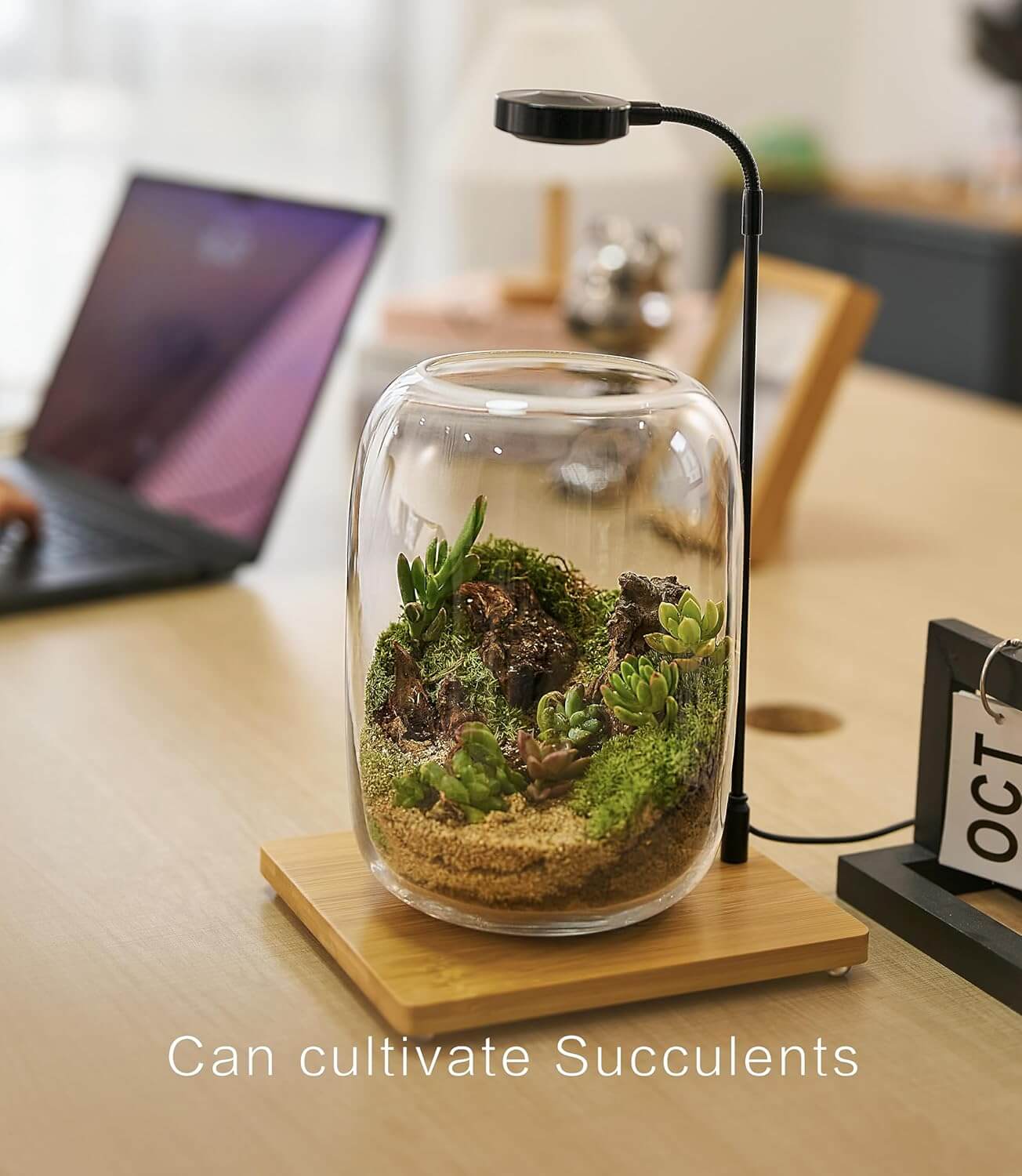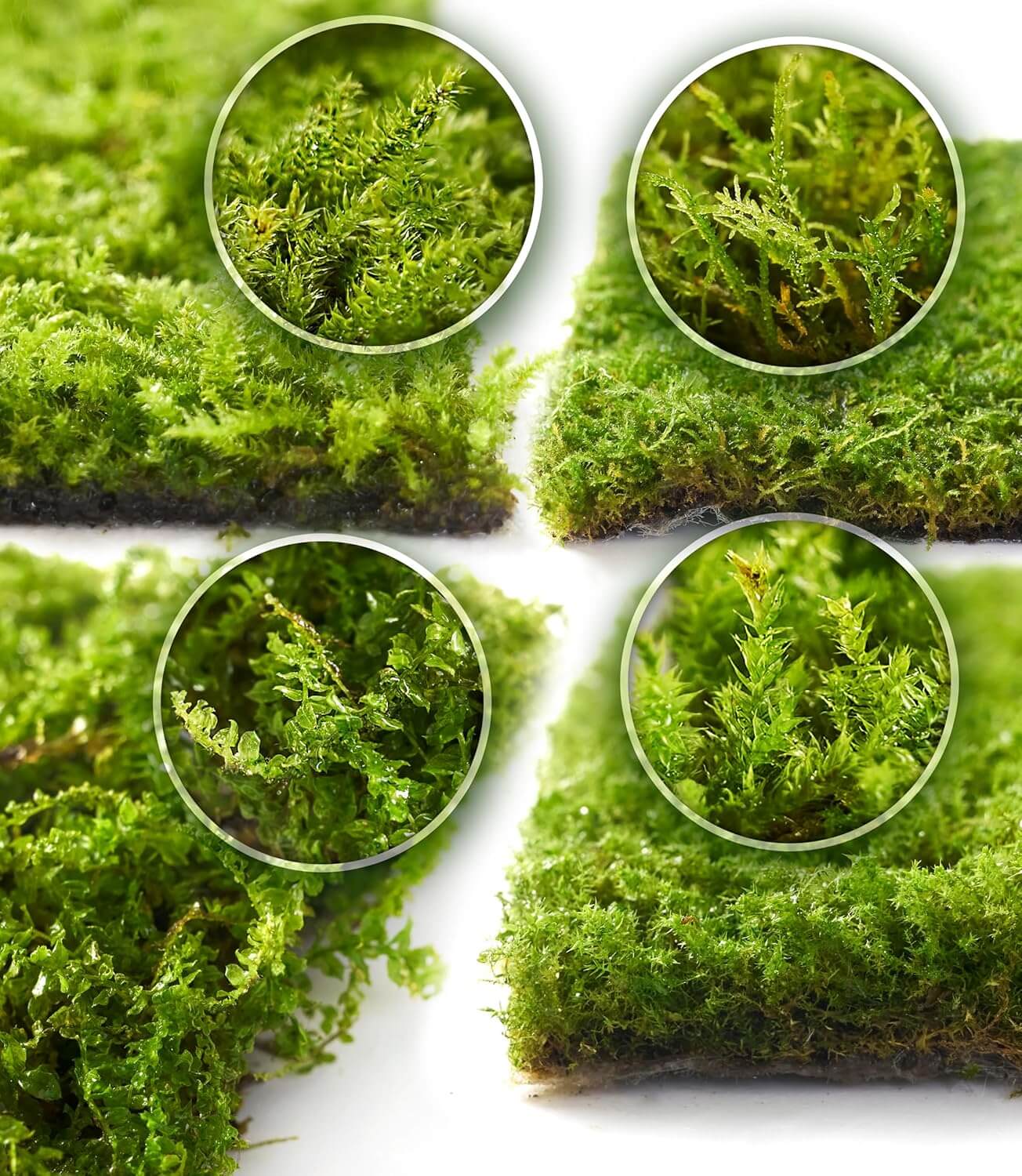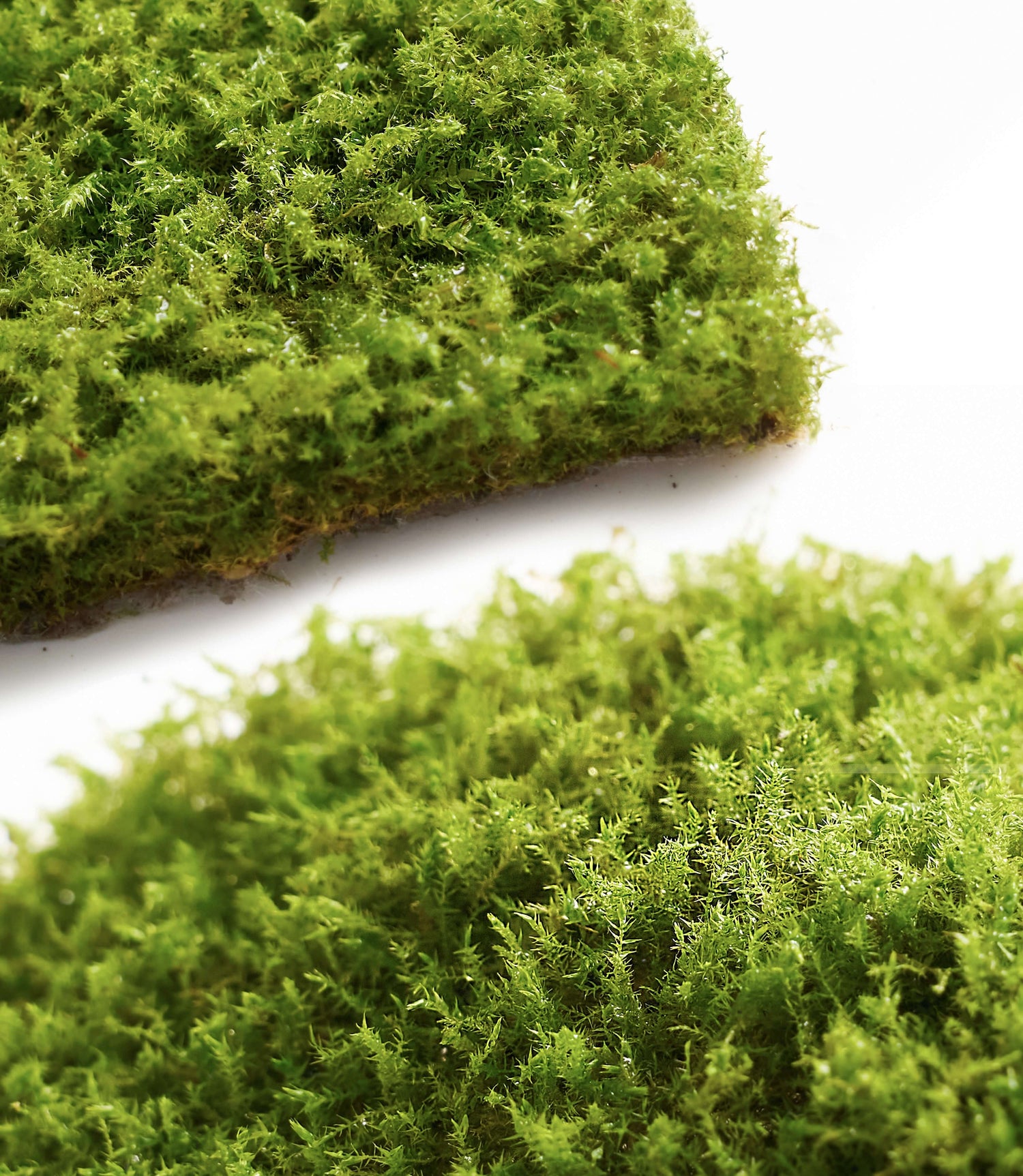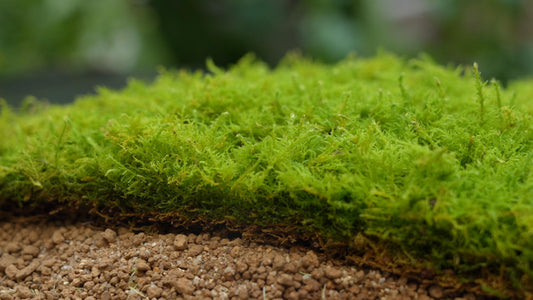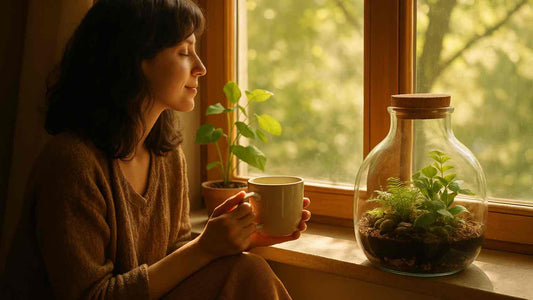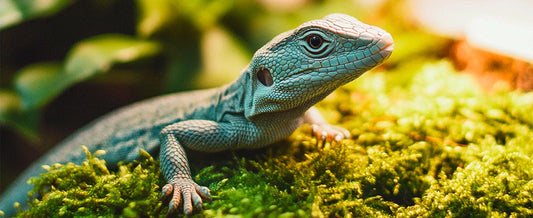Do Live Moss Bring Pests or Disease?
Worried that live moss might introduce pests or fungus into your terrarium, bonsai, or orchids? Here’s a practical, U.S.-friendly guide to risks, prevention, and safe handling—so you can enjoy green, healthy moss terrariums with confidence.
TL DR — What the science and experience say
- Risk profile: Even dry-shipped, farmed live moss can carry small amounts of microbes and tiny arthropods (e.g., springtails). Risks are much lower than wild-collected moss.
- Springtails are usually helpful: Most are detritivores/fungivores (the ecosystem’s “clean-up crew”) and are harmless—or beneficial—to plants.
- Best practice: Rinse with clean water, manage humidity and airflow, and quarantine new materials before combining with plants. Chemicals are rarely needed.
 Why do some people see “bugs” or mold?
Why do some people see “bugs” or mold?
| Source | Potential Issue | Notes |
|---|---|---|
| Wild-collected moss | Mites, nematodes, fungal spores | Most likely to include soil fauna or debris. |
| Old/unclean containers | Residual spores | Unsterilized jars re-seed mold quickly. |
| Hard/chlorinated water | White mineral film, stress | Impacts glass clarity and moss vigor over time. |
| Over-humid transit/storage | Musty odor, localized mold | Stagnant air + condensation = bloom risk. |
Safe prep (U.S.-friendly) for live moss
No salt baths or hot water shocks needed—bryophytes are heat/salt sensitive. Keep it gentle and legal.
- Rinse: Swish moss in room-temperature distilled/RO water; change water until clear. (Avoid salt water and >40 °C hot water.)
- Rehydrate & breathe: Squeeze to “damp, not dripping,” then rest in bright, indirect light with airflow. If building a moss terrarium, mist and ventilate 1–3 hours before closing the lid.
- Spot-treat only if needed: For tiny white mold patches, dab with 3% hydrogen peroxide diluted 1:3–1:4 using a cotton swab; test a small area first, then ventilate.
- Quarantine: Keep new moss separate for 2–4 weeks. This mainstream houseplant practice drastically reduces the chance of importing issues.

About treatments & labels (for U.S. readers)
“The label is the law.” Only use products that are U.S.-registered and explicitly labeled for indoor plants/houseplants—and always follow the label.
- Lower-risk options: Bio-fungicides such as Bacillus amyloliquefaciens D747 may be suitable when labeled for houseplants; patch-test first.
- Oils (e.g., neem): Avoid spraying inside closed terrariums; treat outside, let fully dry, then re-install.
- Skip: Salt baths and hot-water dips (stress moss), harsh sterilants that stain or aren’t consumer-labeled for indoor use.
Springtails: friend, not foe (most of the time)
Seeing tiny white jumpers? Those are usually springtails, which eat fungus and decaying matter. Control is simple:
- Dial humidity slightly down, increase airflow.
- Wipe condensation; avoid soggy cores after misting.
- Only consider intervention if populations explode and aesthetics suffer.
Water quality & airflow matter more than chemicals
- Prefer distilled/RO (or rested tap) to reduce mineral crust and glass haze.
- Ventilate after misting for 10–15 minutes to prevent stagnant moisture.
- Keep in bright, indirect light; avoid heat/strong sun after rehydration.
 Bottom line
Bottom line
With clean sourcing, gentle rinsing, 2–4 weeks of quarantine, and smart humidity/airflow, live moss is a low-risk, high-reward material for terrariums, bonsai top-dress, and orchid moss applications. Most issues trace back to trapped moisture and poor ventilation—not the moss itself.
Quick FAQ — Live Moss, Pests & Pathogens
Can live moss introduce pests?
It can carry tiny fauna like springtails, but these are usually harmless/beneficial. Quarantine for 2–4 weeks and manage humidity/airflow to keep populations balanced.
Will live moss cause fungal disease in terrariums?
Fungal blooms are typically a humidity/ventilation issue. Rinse moss, ventilate after misting, avoid soggy cores, and wipe condensation to prevent outbreaks.
Do I need chemicals to sanitize moss?
Usually no. Gentle rinsing, quarantine, and airflow solve most problems. If you do use treatments, follow labels and choose houseplant-approved, lower-risk products.
Are springtails harmful to plants?
Most springtails are detritivores/fungivores and do not harm plants; they often help keep systems clean. Reduce humidity and increase airflow if numbers surge.
What water should I use with live moss?
Distilled/RO water (or rested tap) keeps glass clear and reduces mineral crust on moss. Always ventilate 10–15 minutes after misting.

